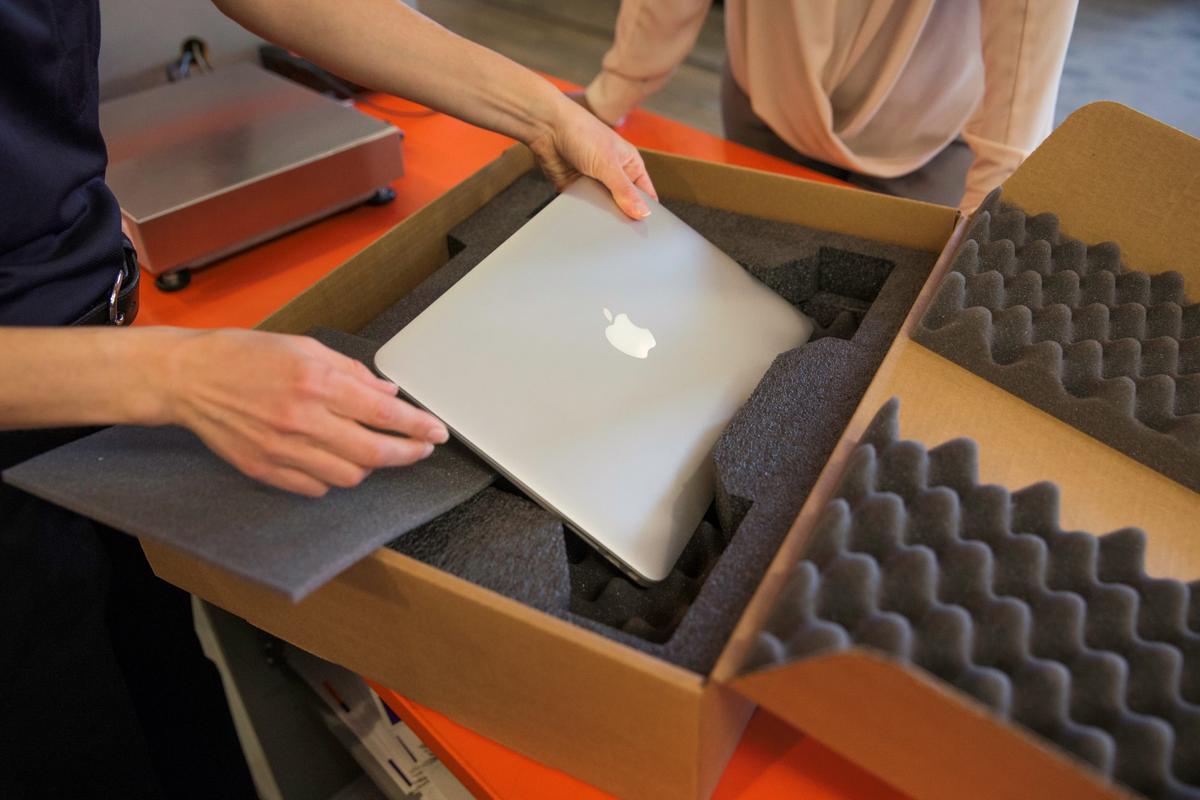Most countries affected by COVID-19 implemented lockdowns to curb its spread. And because of limited mobility, consumers have ramped up online shopping to meet their needs. The ASEAN e-commerce penetration is relatively low but is likely to rise significantly due to the pandemic.
Mobile phones and other consumer electronics are popular among e-commerce customers, especially now that a good portion of the global workforce are switching to work-from-home arrangements for the foreseeable future.
When purchasing products with batteries, the shipment is considered dangerous goods as they generate electricity from chemical reactions. Here are some tips on how to properly ship these items:
Determine battery classification
Identifying if the batteries used in the gadget are wet, dry, or lithium batteries is key to safe shipping. This step is critical in properly labeling the shipment later on as different types of batteries require different packaging protocols.
Dry batteries, which can be a combination of nickel, carbon, zinc, and lead, are the power source of small or large motors. These are typically used for flashlights, remote controls, and other handheld devices.
Lithium batteries, primarily classified as lithium metal and lithium ion, are used to power portable everyday devices such as laptops, smartphones, and watches.
On the other hand, wet batteries are called such because they are composed of liquid electrolyte solution. Wet batteries are popularly known to be the power source for automobiles and industrial machinery.
Secure necessary documents for shipping
Once a shipment containing batteries are identified as fully regulated dangerous goods by IATA DGR (Dangerous Goods Regulations), a Shipper’s Declaration must be prepared by either the shipper or his/her vendor who have certificate of dangerous goods training in compliance with DGR.
The Civil Aviation Authority of the Philippines (CAAP) requires a formal application to ship dangerous goods.
Properly label shipment
There are different protocols for shipping batteries due to differences in chemical make-up. To adhere to regulations by the International Air Transport Association and the International Civil Aviation Organization, Shippers must use United Nations (UN) numbers identified by the United Nations Committee of Experts on the Transport of Dangerous Goods to properly label shipments that contain either wet, dry, or lithium batteries.
These labels help logistics providers determine how to package items. For instance, wet-cell batteries are packaged in metal containers with acid/alkali leak-proof liner to prevent leakage while dry batteries are sandwiched between nonconductive dividers and cushioning.
Adhere to international and country-specific requirements
Since transporting gadgets should be done carefully, there are many regulations and policies in place. While there are international standards and guidelines for shipping, each country may have its own restrictions.
For instance, most countries refer to the UN Globally Harmonized System of Classification and Labeling of Chemicals (GHS) Purple Book, a set of guidelines that defines the chemical categories and the proper formatting of chemical labels.
Because the UN GHS Purple Book is not legally-binding, it is recommended that each country supplement the guidelines with their own policies. As a result, most countries have their own GHS or guidebook.
The EU, for example, has regulations on classification, labeling, and packaging of substances and mixtures (CLP Regulation). This regulation requires sending a C&L notification, which means the suppliers need to inform the European Chemicals Agency (ECHA) of the classification and the labeling of the substance to be transported.
Additionally, inappropriate packaging without danger labels and the lack of documents pertaining to the dangerous goods transported are considered infringements of the EU regulation. These will not be allowed to be transported into the market.
Almost all the gadgets that are in use now, such as mobile phones, laptops, cameras, and even toys for children, have batteries in them. It is important for sellers to be familiar with shipping regulations for smoother business transactions.
For more information on how to properly ship items that are considered dangerous goods, FedEx provides a checklist at https://www.fedex.com/en-us/service-guide/dangerous-goods.html.
